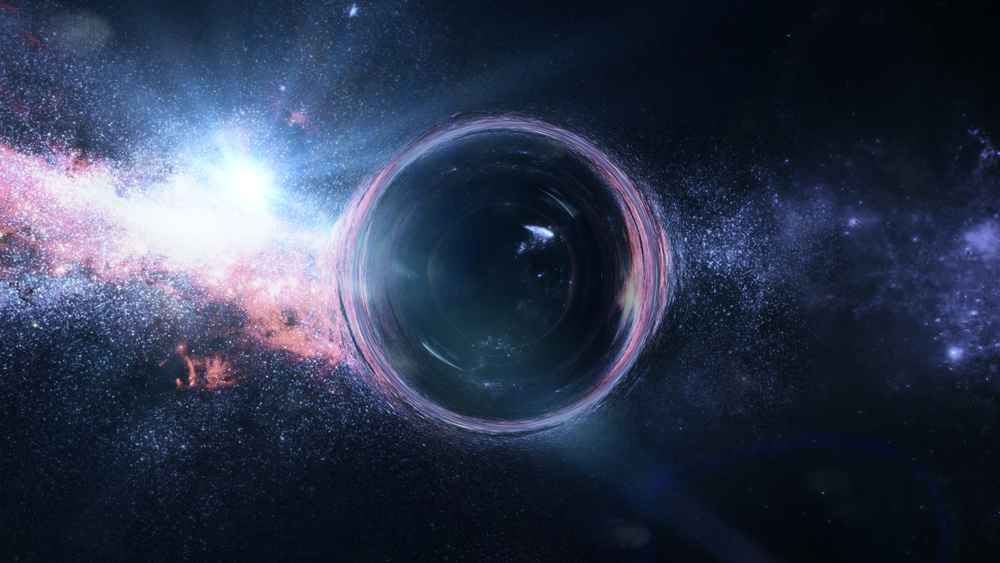Nature’s magnifying glass

Fred Watson
Fred Watson

Here’s a neat physics experiment you can do at home. Hold an empty wineglass by the bowl so you can look through its base. When you view a compact source of light, such as a lamp or an unshaded light globe, you’ll find it stretched into an arc centred on the stem of the wineglass. The base is acting as a lens, albeit an unusual one with a raised cusp in the centre.
What you’re holding in your hand is a glass analogue of the distortion of space around a massive object caused by its gravity – a prediction of Einstein’s theory of general relativity. This extraordinary phenomenon has been observed in deep space since the 1970s, and you might not be surprised to hear it’s known as a “gravitational lens”.
In particular, the chance alignment of a massive cluster of galaxies with more distant galaxies behind it is extremely useful to astronomers. The lens effect of the foreground cluster acts as a natural magnifying glass, revealing distant galaxies that would otherwise be invisible. Moreover, the distortion of the space around the foreground cluster depends not only on the visible matter in the cluster, which is mostly stars and nebulae, but also on the mysterious dark matter we know is present but which cannot be seen. The effect of the lens on the background galaxies reveals its clumpy distribution in the foreground cluster.

The problem with such chance alignments is that they are relatively rare, and only 100 or so have been observed. But a recent breakthrough by Australian astronomers, in collaboration with scientists in the UK, USA and Chile, will eventually provide researchers with a much larger sample of gravitational lenses. This will enable them to probe the evolution of galaxies throughout the history of the universe and track the role of dark matter.
The secret of their success is a catalogue of 5000 candidate gravitational lenses selected from deep-sky surveys using a machine learning algorithm developed at Melbourne’s Swinburne University of Technology. Some 77 of those candidates were investigated further using large telescopes in Hawaii and Chile (pictured above), confirming that 88 per cent of them are gravitational lenses. This is a big step towards revealing the presence of dark matter throughout the universe, perhaps giving us insight into what this exotic material is made of.

